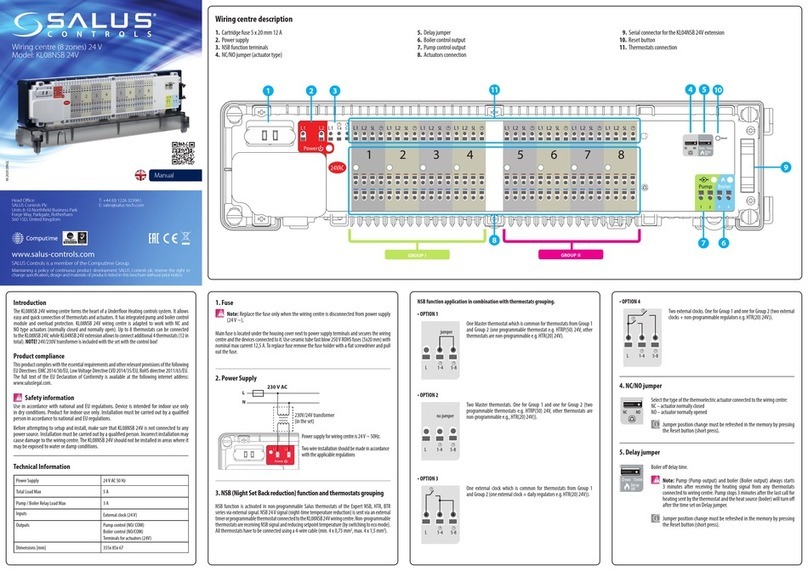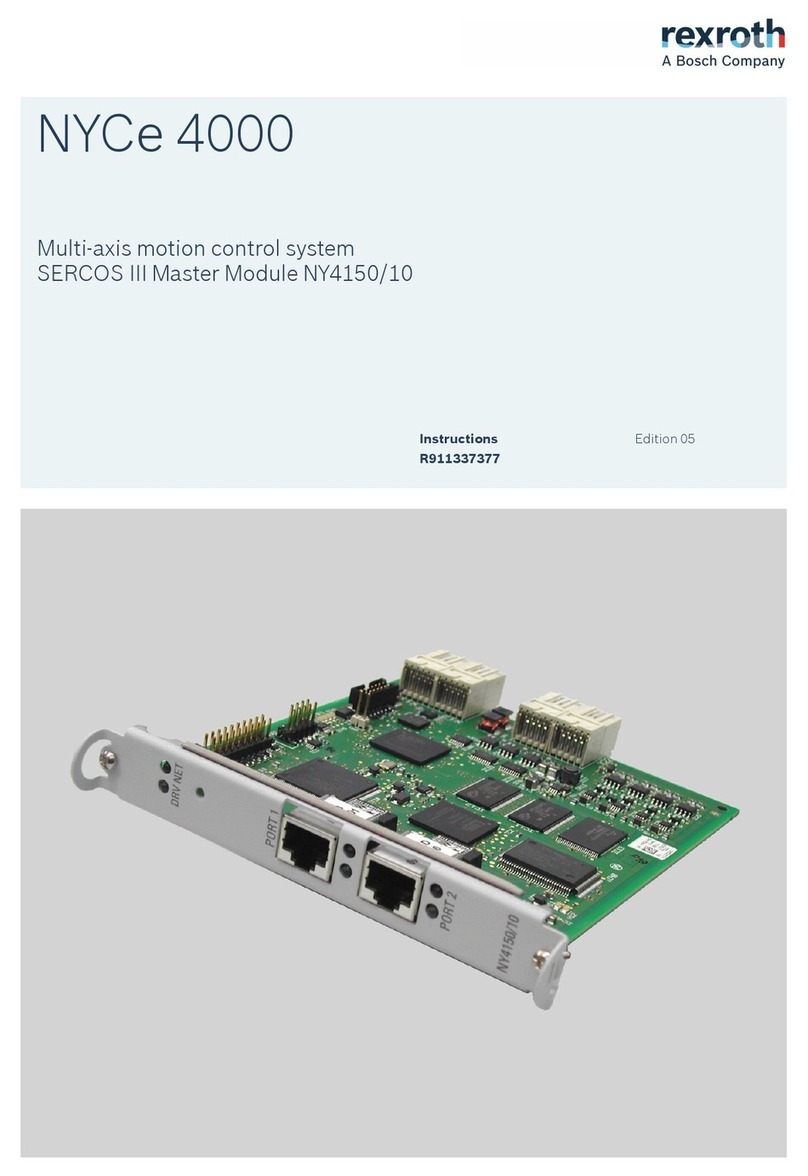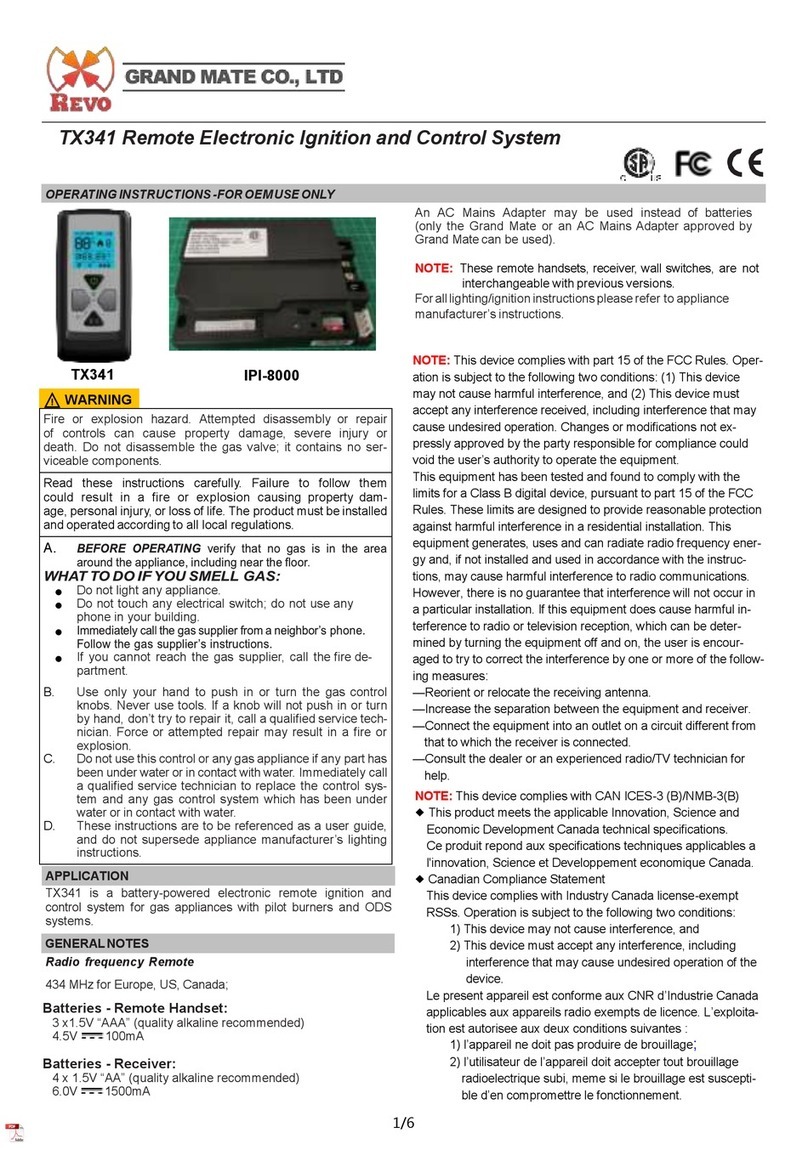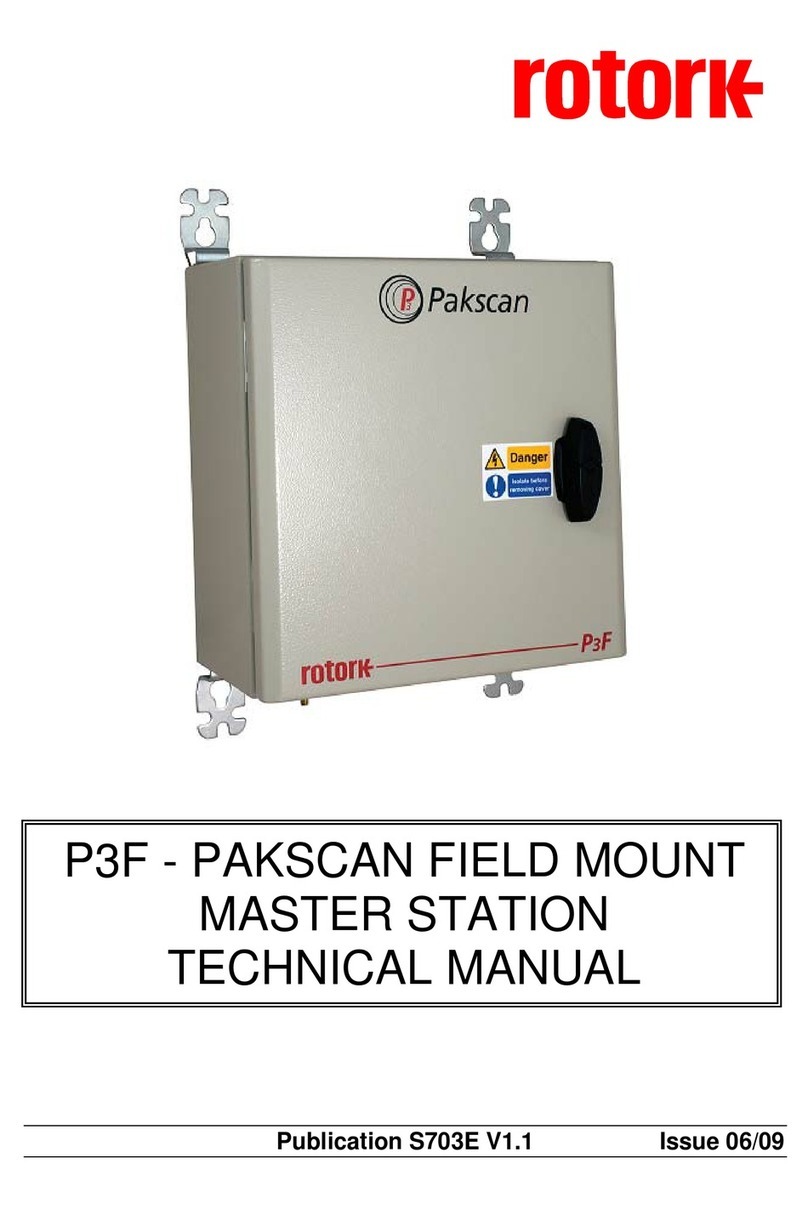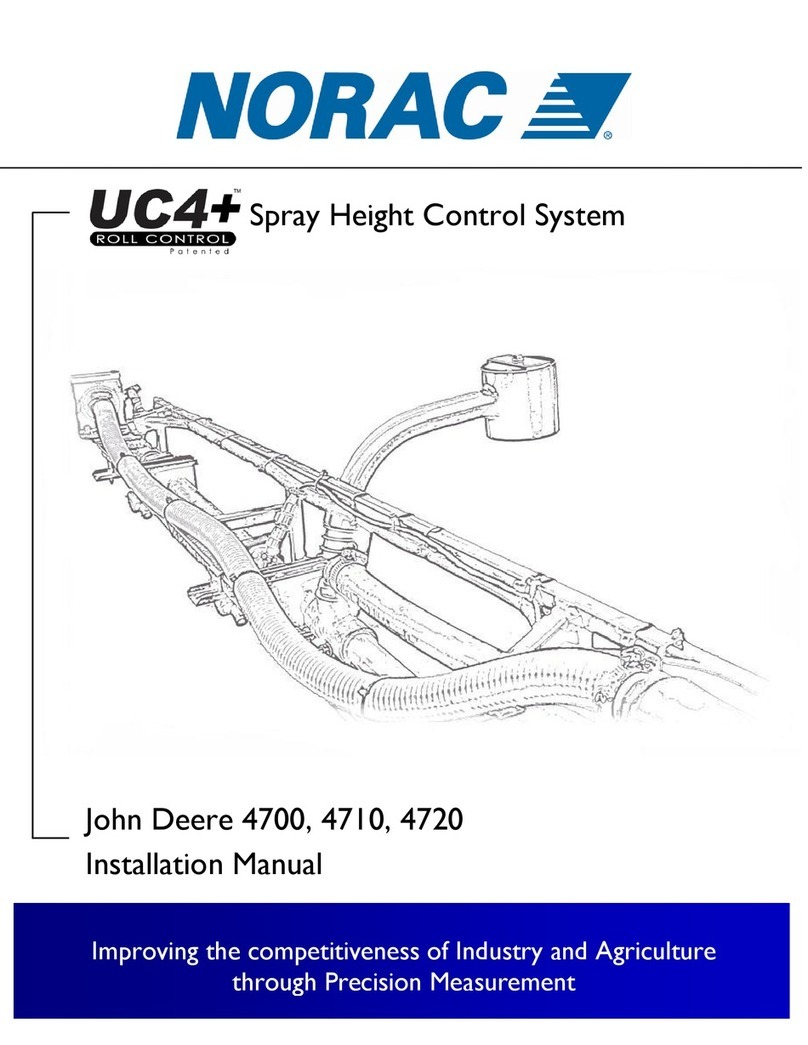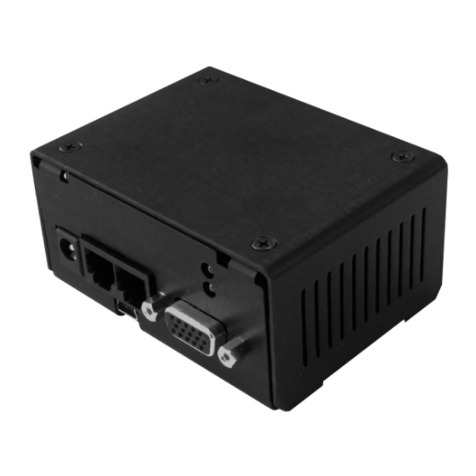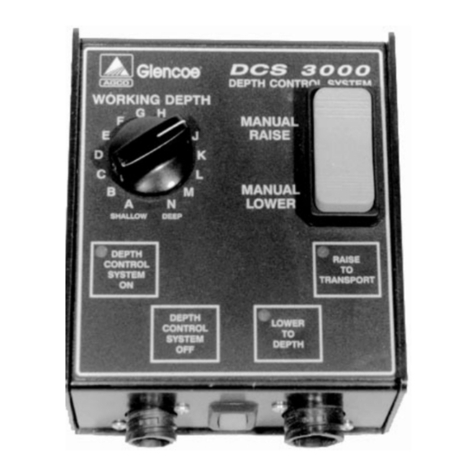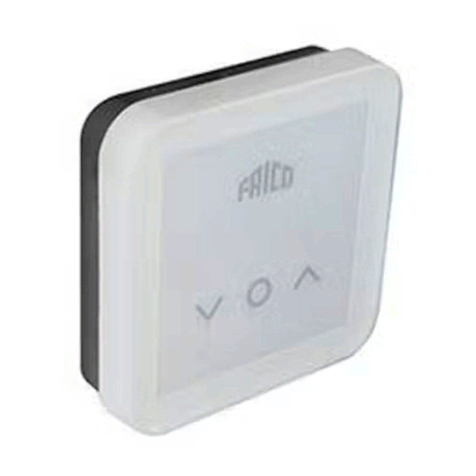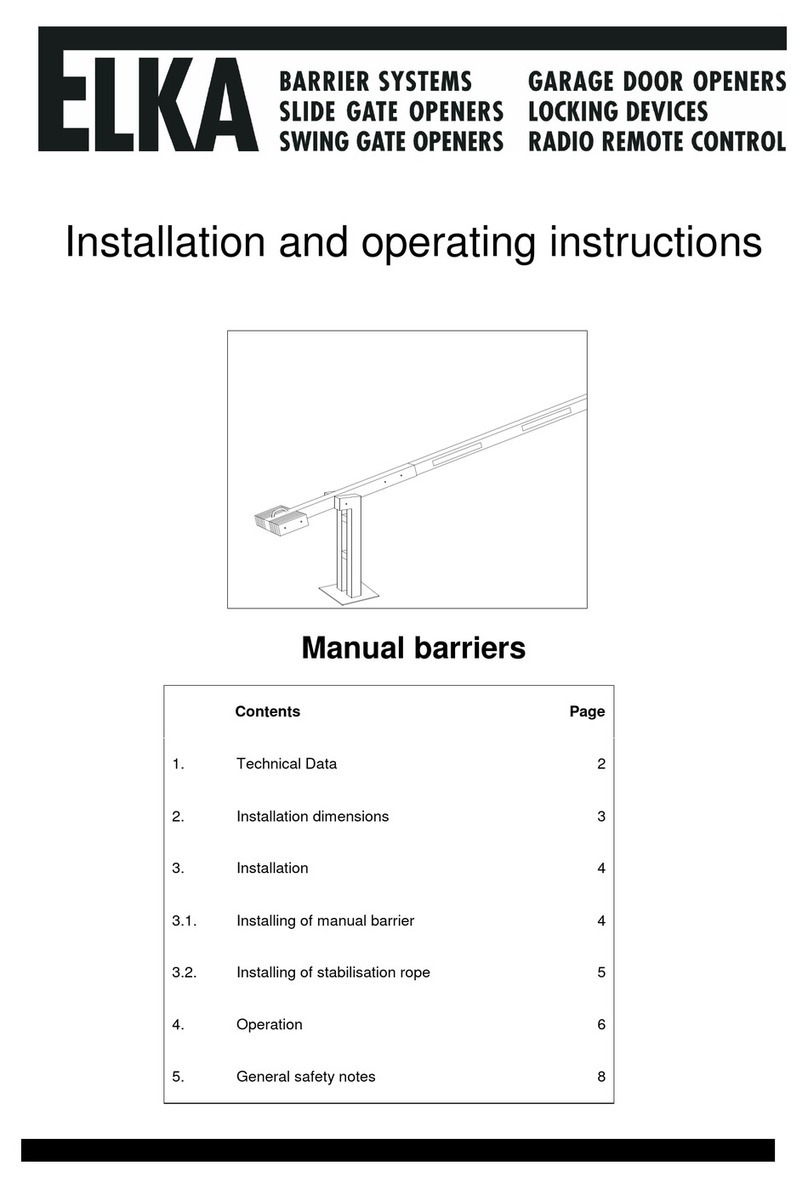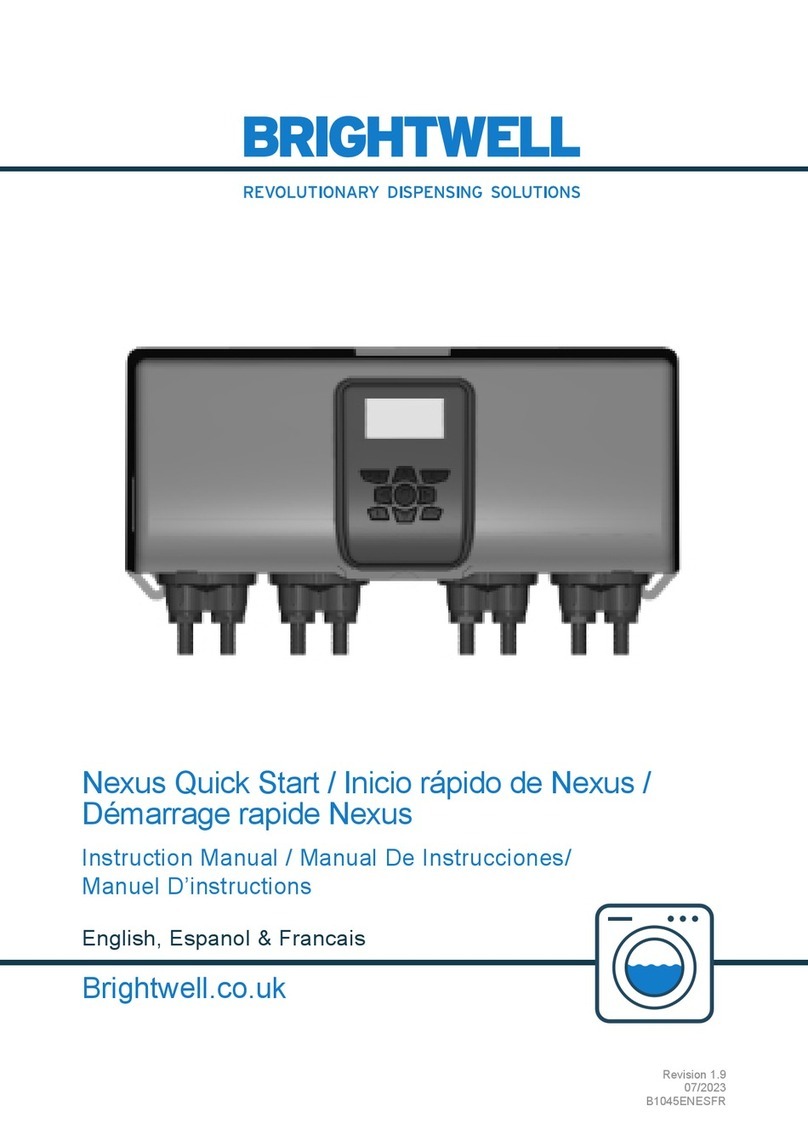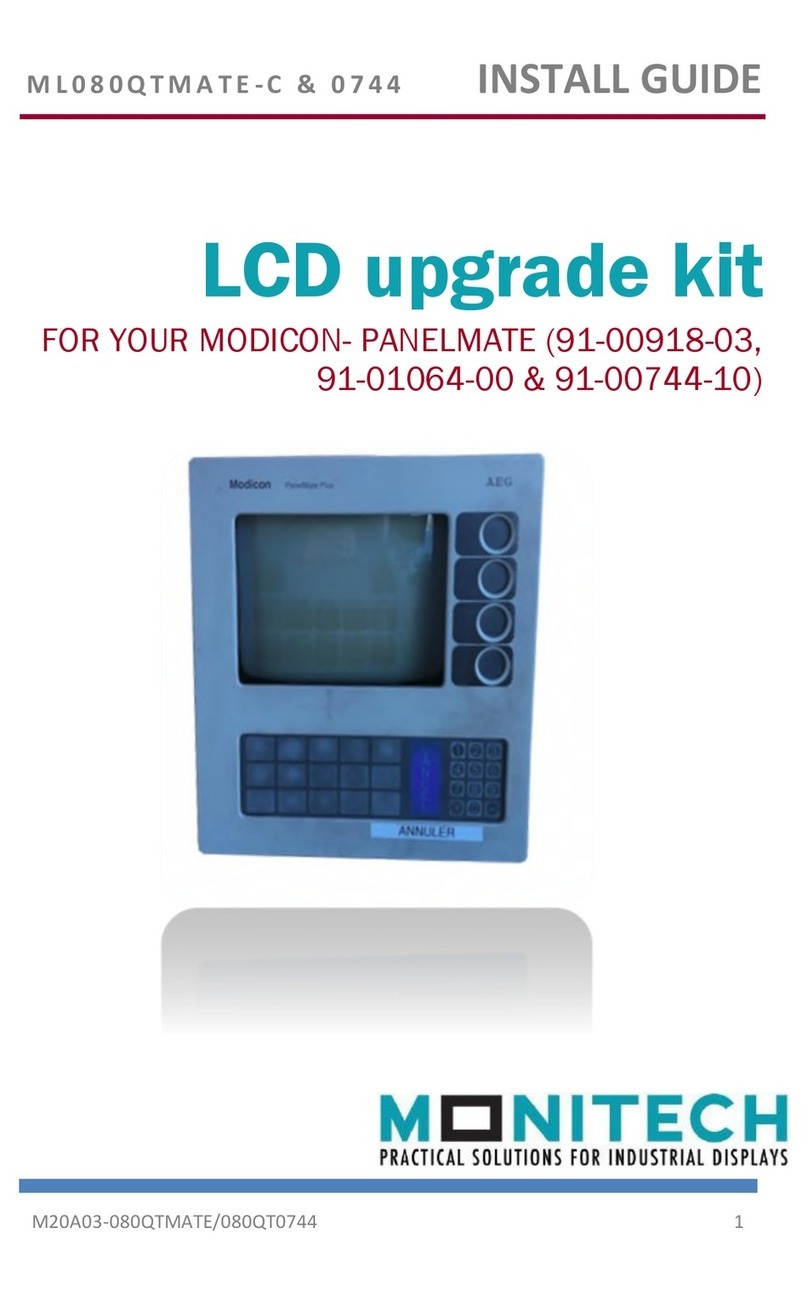Toomey Earthmovers ECS User manual

ISSUE
C
April 2018
USER HANDBOOK
ASSEMBLY INSTRUCTIONS
SPARE PARTS
TOOMEY EARTHMOVERS
Shed 2 168 Loves Road Alberton, QLD. 4207, Australia
Phone: (+61)427 182 796
Original Instructions

Contents
Thank You ............................................................................................................................................. 3
1
1.1 Manufacturer Information .......................................................................................................... 3
1.2 Your Distributor ........................................................................................................................... 3
Introduction ......................................................................................................................................... 4
1
1.1 Description of the ECS ................................................................................................................. 4
1.2 Components ................................................................................................................................. 5
1.2.1 Identification of Components ............................................................................................. 5
System Requirements .......................................................................................................................... 6
2
Considerations ..................................................................................................................................... 6
3
Set up Instructions ............................................................................................................................... 7
4
4.1 ECM Setup at the Base Station ................................................................................................... 7
4.2 900MHz Radio Module connection to Rover ........................................................................... 10
4.3 Hard wired connection to the Rover ......................................................................................... 11
4.4 Starting the Compensation ........................................................................................................ 11
Troubleshooting .................................................................................................................................. 12
5
DISCLAIMER ........................................................................................................................................ 12
6
Spare Parts .......................................................................................................................................... 13
7
Notes .................................................................................................................................................. 14
8
Table of Figures
Figure 1 System Overview ............................................................................................................................ 4
Figure 2 ECS Components ............................................................................................................................ 5
Figure 3 Base Station with ECM and 900 MHz radio antenna mounting.................................................. 7
Figure 4 Actuator to ECM Connection ........................................................................................................ 8
Figure 5 ECM Power Cable Connection ...................................................................................................... 9
Figure 6 900 MHz Rover Module mounted to bracket............................................................................ 10
Figure 7 Direct connection with Serial Cable between ECM and Rover Receiver ................................... 11

Thank You
1
Thank you for purchasing a Toomey ECS - Elevation Compensation System for GPS. This system is
our unique solution to the problems faced over many years by users of GPS for elevation control
of earthmoving equipment. Although care has been taken in the design and manufacturing of a
quality product, TOOMEY EARTHMOVERS can in no way be held responsible for the day-to-day
GPS solution and the influences that external influences have over the quality of the solution.
Any ECS operators must have read and understand this manual before connecting the Base
Station to this system allowing them to use the equipment effectively and safely. Failure to
follow these instructions may result in inaccuracy or unreliability. This manual must be kept with
the ECS Case at all times. If you have questions not answered in this manual or need additional
copies please contact your distributor for your country or Toomey Earthmovers directly.
1.1
Manufacturer Information
Manufacturer Name: Toomey Earthmovers
Manufacturer Address: 2/168 Loves Road, Alberton, 4207, Queensland, Australia
1.2
Your Distributor
To ensure the best conditions for after sales support, we recommend you note the following
information:
Product Designation _______________________________
Serial Number _______________________________
Distributor _______________________________
Address _______________________________
Address _______________________________
Post Code _______________________________
Telephone _______________________________
After Sale Support Agent _______________________________
Technician _______________________________
Mobile Number _______________________________
Notes

ECS USER HANDBOOK
Introduction
1
1.1
Description of the ECS
The Toomey ECS – Elevation Compensation System - is our unique way of compensating for the
changes in elevation experienced throughout the day when using GPS for height control for
earthmoving or surveying.
The system determines elevation “shifts” or “drift” by using the real time elevation from a
stationary GPS Rover and then using that information to physically adjust the GPS Base station
height with the use of the included linear actuator. The object of the exercise is to maintain a
constant elevation at the stationary Rover.
There are two factors which, when combined, allow the ECS concept to work.
Firstly, the Base Station has a direct effect on the Rover similar to how a Laser Transmitter relates
to a Laser Receiver i.e. if you change the height of the Base Station; the Rover experiences a
similar elevation change.
Secondly, most Rover receivers experience a similar “drift” amount at roughly the same time.
There are differences in “drift” figures at different base line distances though practical reality
suggests that these differences are marginal and acceptable in most applications.
NOTE: It is worth mentioning that the “drift” values start from nothing within a few meters of
the Base Station and grow out to about 150 meters from the Base Station from where it appears
that only marginal variations occur. It has been seen that on hotter days (above 35C, this
distance could be a bit further). Therefore, our advice is to have the Base Station no closer than
150 meters from the working area and to put the Rover at the midpoint of the working area.
Figure 1 System Overview

ECS USER HANDBOOK
1.2
Components
The system comprises three major components;
1. ECM or Elevation Compensation Module; this is the main Control Box.
2. Rover Module or RM.
Note: Both the ECM and RM are fitted with 900 MHz Spread Spectrum radios.
3. Actuator.
The cables and accessories include;
1. ECM Power Cable.
2. RM Power/Serial Cable.
3. ECM Radio Antenna and co-axial cable.
4. RM Radio Antenna and co-axial cable.
5. Direct Connect Serial Cable (ECM to RM).
6. OPTIONAL - John Deere Serial/Data Cable (if supplied to suit a John Deere system)
7. Long Tripod brackets (2 of).
8. RM Tripod Mount bracket.
1.2.1 Identification of Components
Throughout this manual, reference is made to the individual components by name. The reader is
urged to familiarize themselves using the illustration below.
Figure 2 ECS Components
Elevation Control Module
900MHz Radio Modem
Actuator
900 MHzAntennas
Cables and Accessories

ECS USER HANDBOOK
System Requirements
2
A 12 volt power source is required for the Elevation Control Module and the Bluetooth Module.
NOTE: The use of solar panels to charge a battery while running any GPS Receiver is
discouraged as voltage changes can affect the GPS receiver and result in fluctuating elevation
figures. It is advised to have two batteries if running solar panels – one being charged and one
running the GPS.
A GPS Rover Receiver is also required to provide a stationary elevation solution. This can also be
sourced from your local GPS retailer or you may have a spare unit not being used that can be
added to this system.
The rover receiver must be able to acquire an RTK “fix” from the Base Station. The Elevation
Control Module only works with an RTK NMEA output. The stationary Rover Receiver must be
configured to output a NMEA GGA String @ 1Hz and 38.4K Baud rate. Please consult your GPS
Rover supplier for support.
Considerations
3
The vertical accuracy of the GPS solution varies between locations and times. It is also affected by
atmospheric conditions.
The use of the ECS assumes that local conditions are stable though no guarantees are implied.
The “dead band” or “neutral zone” of the ECS is fixed (+/- 3mm or 1/100’) and no adjustments can
be made.
The ECM is factory calibrated and only basic speed adjustment can be made to the unit by the
operator.
The repeatability of this system currently relies on both the Base tripod and Rover tripod being
stationary throughout the course of the project. If at any time either of the tripods are moved
and reestablished, a different height may eventuate. It is wise to have a firm pad graded to return
the grader to in order to reestablish the correct blade height.

ECS USER HANDBOOK
Set up Instructions
4
4.1
ECM Setup at the Base Station
Remove the Actuator from the carry case and mount it to the top of the base station tripod with
one of the supplied brackets between the tripod and the actuator base as shown in Figure 3
below.
Note: A Trimble AG25 antenna and Radio antenna are shown for reference only.
Figure 3 Base Station setup with ECM and 900 MHz radio antenna mounting
Mount the Base Receiver or Antenna (depending on the type and style of GPS hardware being
used) to the thread at the top of the Actuator. For Trimble Ag GPS receivers, the Trimble radio
mounting bracket can be placed on top of the Actuator under the base antenna.
Mount the Elevation Control Module to the bracket with the co-axial bulkhead connector facing
up and going through the cutout in the bracket. Fit the 900 MHz Radio antenna connector onto
the bulkhead connector and this holds the ECM in place. You can also mount the ECM to the side
of the tripod with the small bracket as shown in section 4.2 - 900MHz Rover Modem Connection.
Connect the cable with the 3 pin Mil Spec Connector to the panel mount on the bottom of the
Elevation Control Module as shown in Figure 4.
Connect the cable with the 6 pin Mil Spec Connector to the panel mount on the bottom of the
Elevation Control Module as shown in Figure 5.

ECS USER HANDBOOK
Figure 4. Actuator to ECM Connection

ECS USER HANDBOOK
Connect the power cable to the Elevation Control Module as shown in Figure 5 below. Connect
the alligator clips to your power source, red to positive and black to negative.
Figure 5. ECM Power Cable Connection
At this point, the Actuator will cycle, going down first, have a rest for a few seconds and then
move up and stop in the middle of the shaft travel.
The Elevation Control Module has initialized and is ready to start operation.

ECS USER HANDBOOK
4.2
900 MHz Radio Modem connection to Rover
To communicate between the Elevation Control Module and GPS Rover wirelessly, mount the
Rover receiver to the tripod at a suitable distance from the Base Station (from 400 - 2,000
meters) with the supplied bracket between the Rover receiver/antenna and the tripod. Fit the
Rover Module to the small angular bracket using the antenna co-axial connector as the retaining
nut. The bracket then fits into the slot in the top of most tripods as shown in Figure 6.
Connect the Rover Module Power Cable with the 6 soc Mil Spec Connector to the bottom of the
Rover Module housing. Connect the serial cable to the Rover receiver with the appropriate serial
connector (there are two options to choose from).
Connect the alligator clips to a battery. The modem will start transmitting the NMEA data to the
Elevation Control Module from the GPS Rover (refer to your GPS Manufacturer’s User Manual for
the instruction on outputting the NMEA).
Figure 6 The 900 MHZ Rover Module mounted to bracket.
NOTE: The ECM can be mounted in a similar manner.

ECS USER HANDBOOK
4.3
Hard wired connection to the Rover
To communicate between the Elevation Control Module and GPS rover with a physical cable as
opposed to the RM option listed above, follow the instructions below.
Connect the serial data cable from the rover receiver to the serial port on the Elevation Control
Module as shown in Figure 7 below. Connect the other end to the GPS Rover; there are two plugs,
one for Trimble Ag products and a generic RS-232 plug for the other products on the market.
Figure 7 Direct Connection with Serial Cable between ECM and Rover Receiver (Trimble shown).
This part of the system is ready to start operation.
4.4
Starting the Compensation
After the Elevation Control Module is powered up and the actuator has cycled, the system is
ready to accept the NMEA data from the Rover. During this power up cycle, the Firmware version
is displayed. When the Actuator cycle is complete, the top line of the screen will display the word
WAIT.
Once the Rover GPS has initialized and configured correctly, it should start sending a NEMA GGA
string to the Elevation Control Module. If this is successful, the NMEA RTK OK LED on the
Elevation Control Module will illuminate and start pulsing when using either data transfer
method. The top line in the display will then show the accuracy status (Autonomous, Float) until
an RTK NMEA signal is received. Once an RTK NMEA signal is received a momentary FIX will
display, followed by the height coming from the Rover (OBS or Observed Height).
NOW FOR THE REALLY DIFFICULT PART!
Press the START button.

ECS USER HANDBOOK
The Actuator is now under the control of the Elevation Control Module. The OBS Height value
now drops to the bottom line and becomes the SET Height while the top line still shows the
Observed Height coming from the Rover. The Elevation Control Module will try and maintain the
top line height by adjusting the height of the actuator so the Rover is producing the same height
as the SET value.
Depending on the GPS solution, the speed of correction speed may need to be adjusted to
achieve the most suitable outcome. There are only three speed options. The slower the
correction results in a smoother the result. If the GPS solution is changing rapidly, an increase in
correction speed might be required.
Troubleshooting
5
1. No NMEA RTK OK LED pulsing. Visually check the rover has an RTK fix. Run the supplied
test cable from the rover to the Elevation Control Module. If the LED is pulsing there is a
Bluetooth Modem issue – consult the manufacturer or representative.
2. No movement in the Actuator. Check for NMEA RTK OK LED. No LED means no actuator
movement. Refer to step 1.
3. No power LED. Check battery voltage (yes, it does happen!)
4. Erratic and excessive movement of the actuator. Please read the Disclaimer below.
NOTE: It is strongly advised to use a similar level of GPS technology and firmware for both
stationary GPS Rover and the mobile Levelling Receiver. Receivers with different GPS
shipsets and antennas can produce a different elevation solution.
DISCLAIMER
6
The ECS is not a GPS System. It merely uses the data supplied by the GPS rover receiver to
maintain a stable working platform for mobile rovers. No level of accuracy or repeatability is
implied. There are times when the GPS may be unusable due to a number of factors which
include both atmospheric influences and the poor satellite positioning in the sky.

ECS USER HANDBOOK
Spare Parts
7
The following spare parts are available for purchase:
Item
Description
Part Number
Cost
(AUD)
1
ECM
-
Elevation Control Module
ECS
-
0001
POA
2
BWM
-
Bluetooth
Wireless
Module
ECS
-
0002
POA
3
BWM Bluetooth
Antenna
ECS
-
1001
POA
4
BWM
Power Cable
ECS
-
5002
POA
5
ECM serial cable for Rover
ECS
-
5003
POA
6
Actuator (without mounting
Parts)
ECS
-
2001
POA
7
Actuator Base Mount
ECS
-
2002
POA
8
Actuator Top Mount
ECS
-
2003
POA
9
ECM Power Cable
ECS
-
5004
POA
10
Bracket
-
Short
ECS
-
4001
POA
11
Bracket
-
Long
ECS
-
4002
POA
12
ECS Carry Case
ECS
-
6001
POA
13
Actuator Drive Cable
ECS
-
2004
POA
14
Fuse (6.5 amp)
ECS
-
5005
POA
15
Rover Module (900 MHz)
ECS
-
0003
POA
16
Rover Antenna (900 MHz)
ECS1002
POA
17
Rover Power/Serial Cable
ECS5004
POA

ECS USER HANDBOOK
Notes
8
_________________________________________________________________________________
_________________________________________________________________________________
_________________________________________________________________________________
_________________________________________________________________________________
_________________________________________________________________________________
_________________________________________________________________________________
_________________________________________________________________________________
_________________________________________________________________________________
_________________________________________________________________________________
_________________________________________________________________________________
_________________________________________________________________________________
Table of contents
Popular Control System manuals by other brands
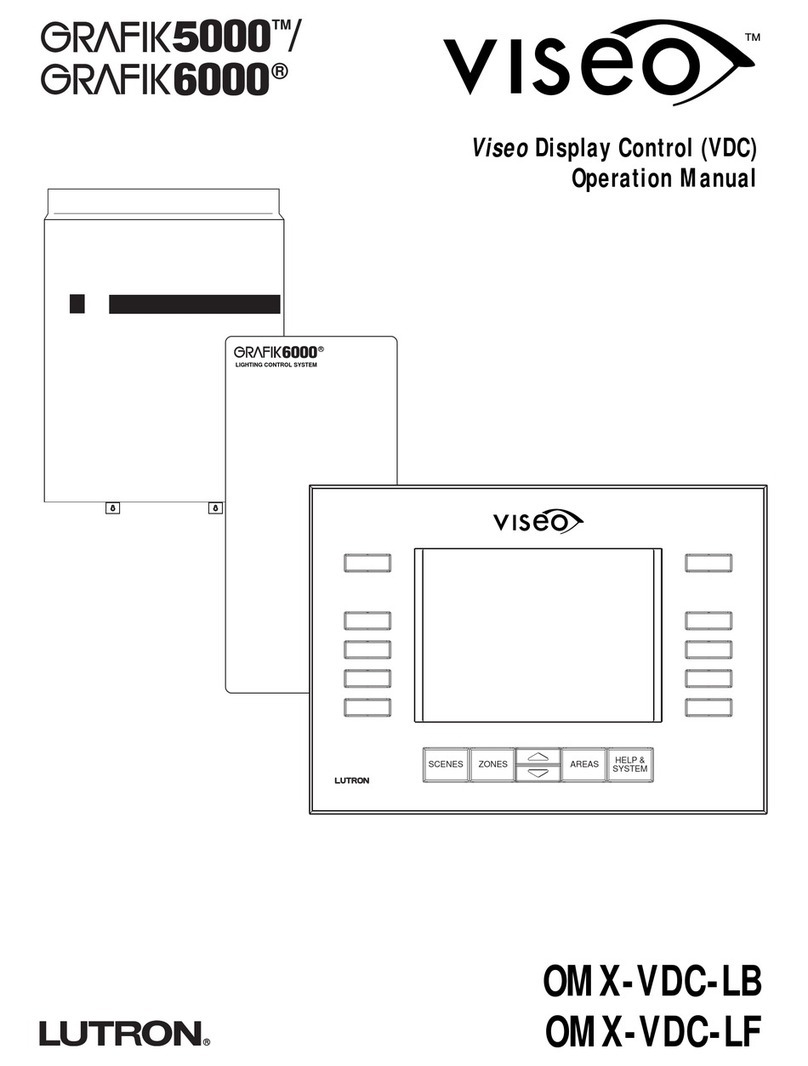
Lutron Electronics
Lutron Electronics VISEO GRAFIK5000 Operation manual
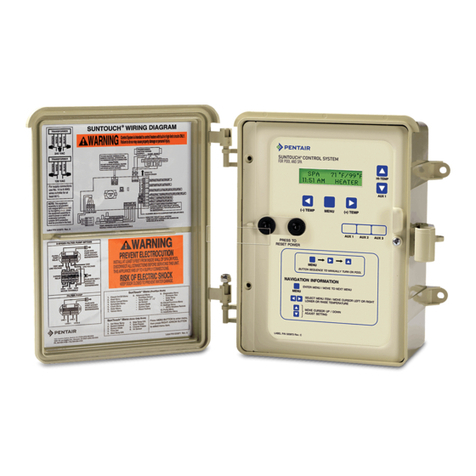
Pentair
Pentair SunTouch Quick reference guide
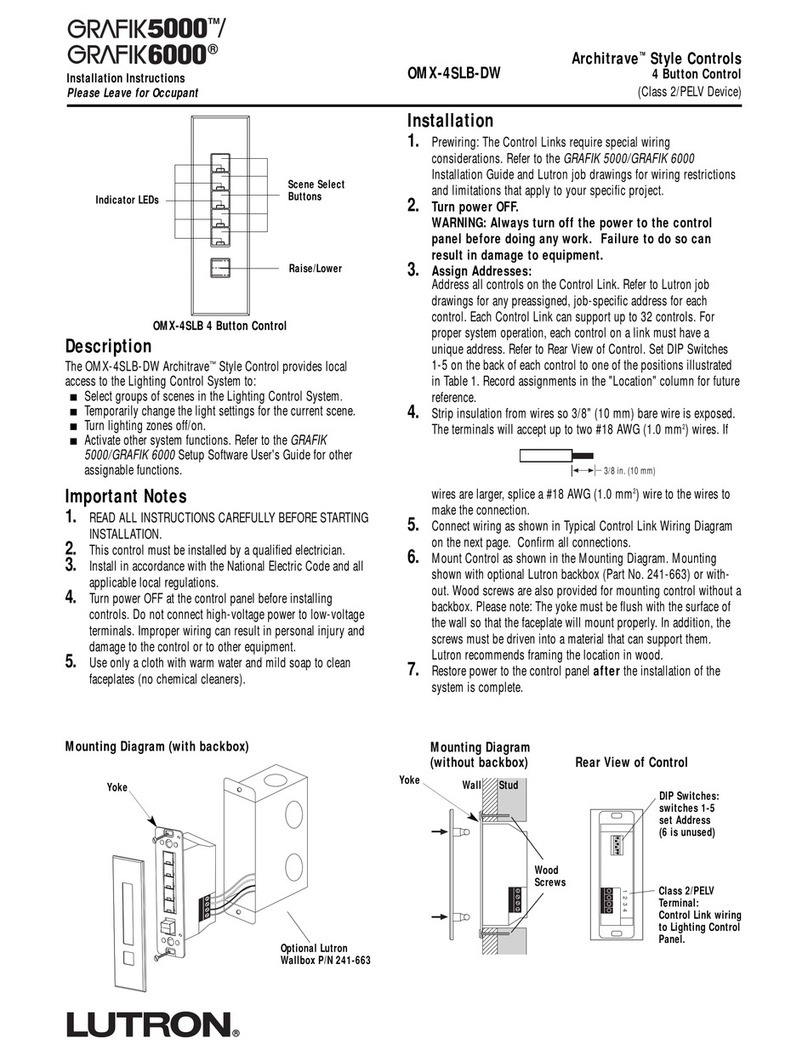
Lutron Electronics
Lutron Electronics Architrave GRAFIK5000 installation instructions
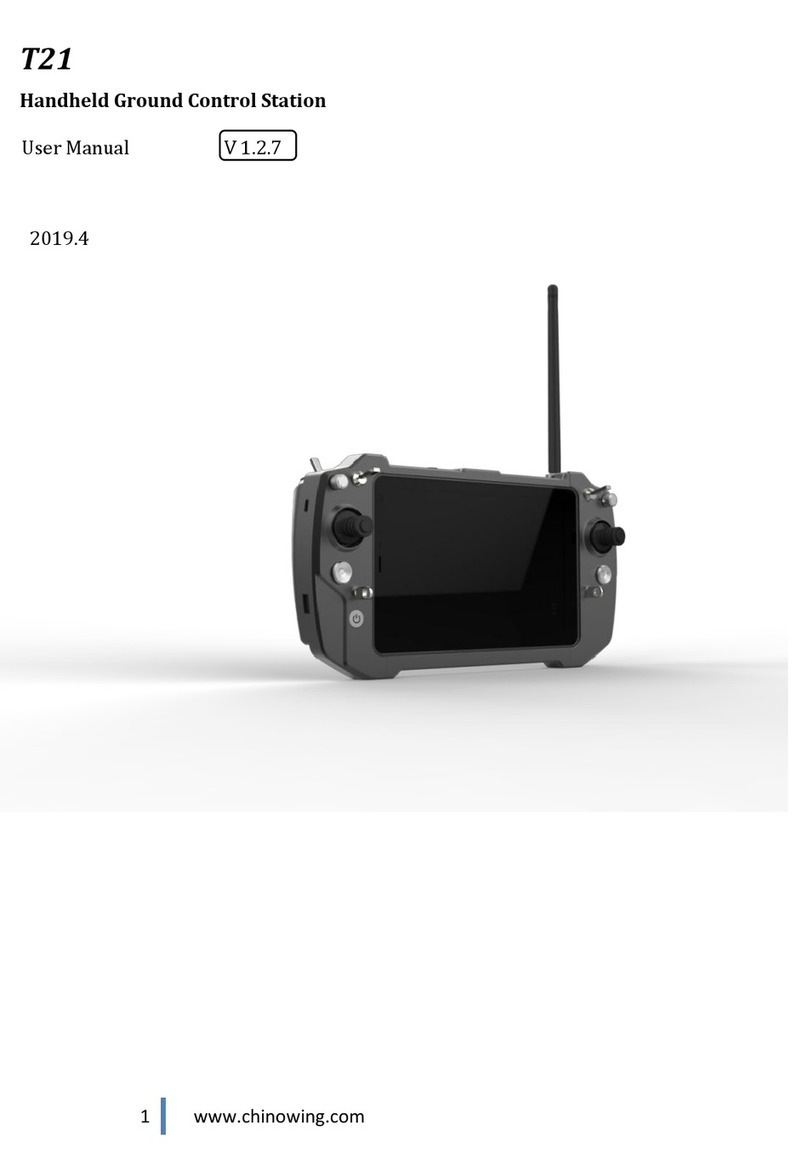
Chinowing
Chinowing T21 user manual
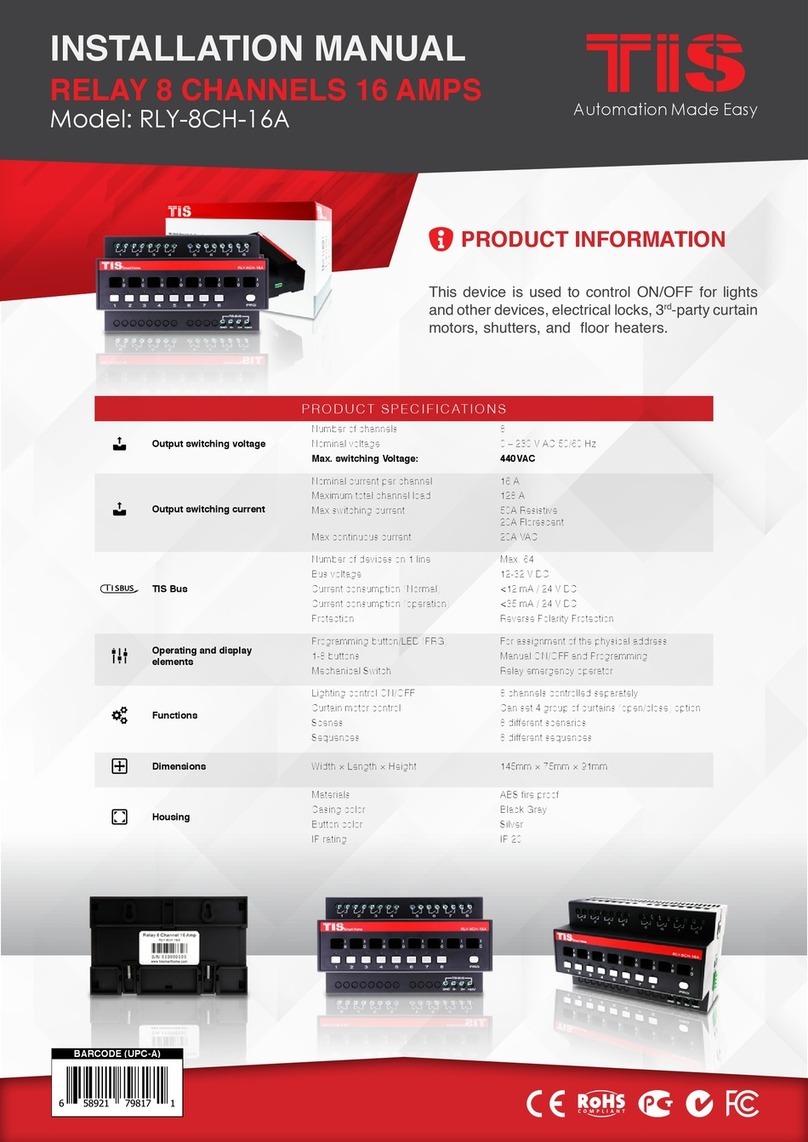
TIS
TIS RLY-8CH-16A installation manual
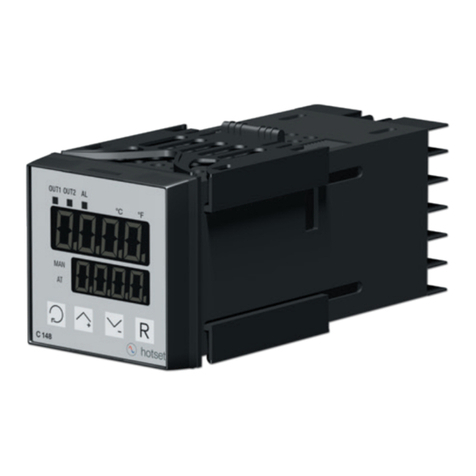
hotset
hotset C 148 quick start guide
